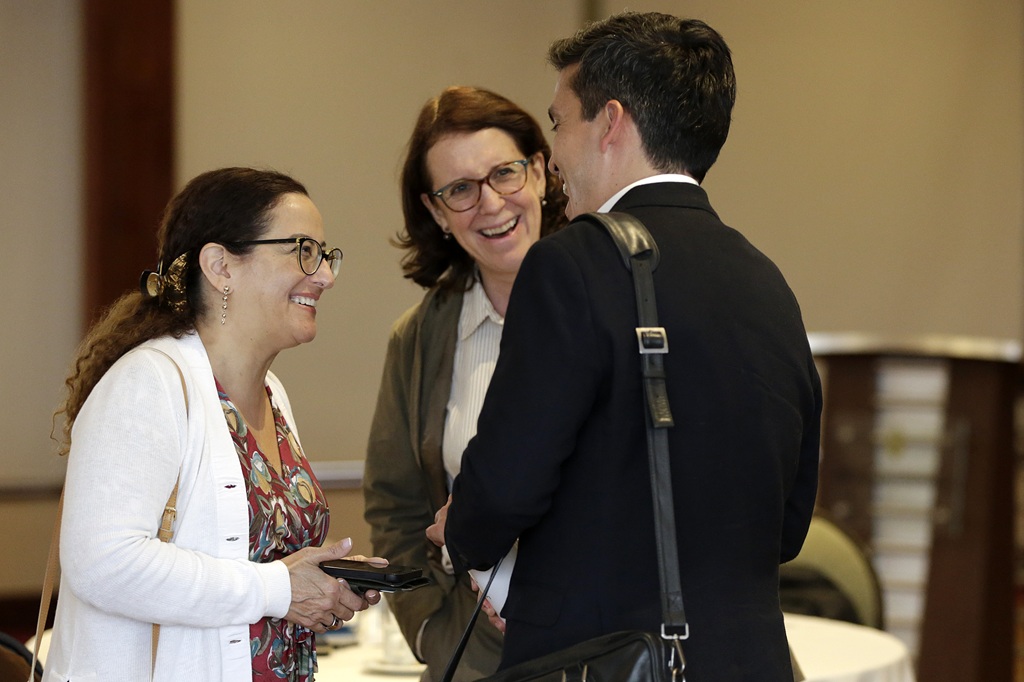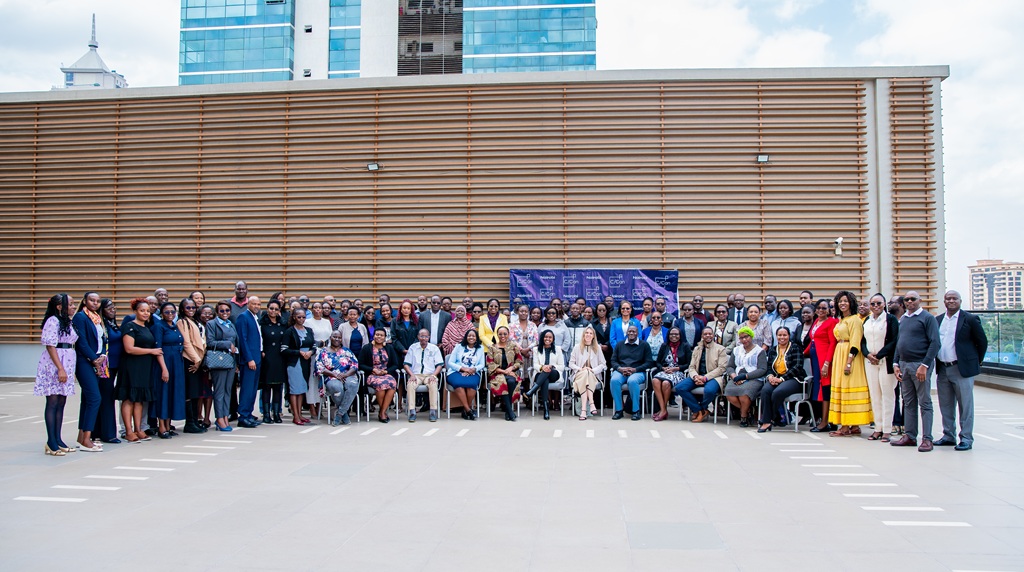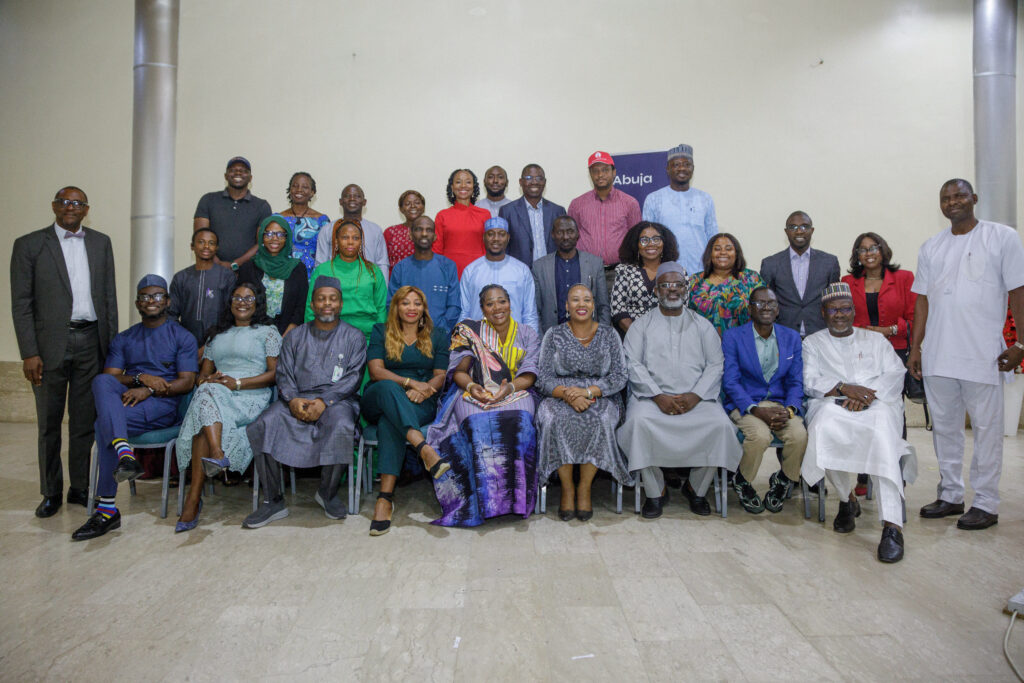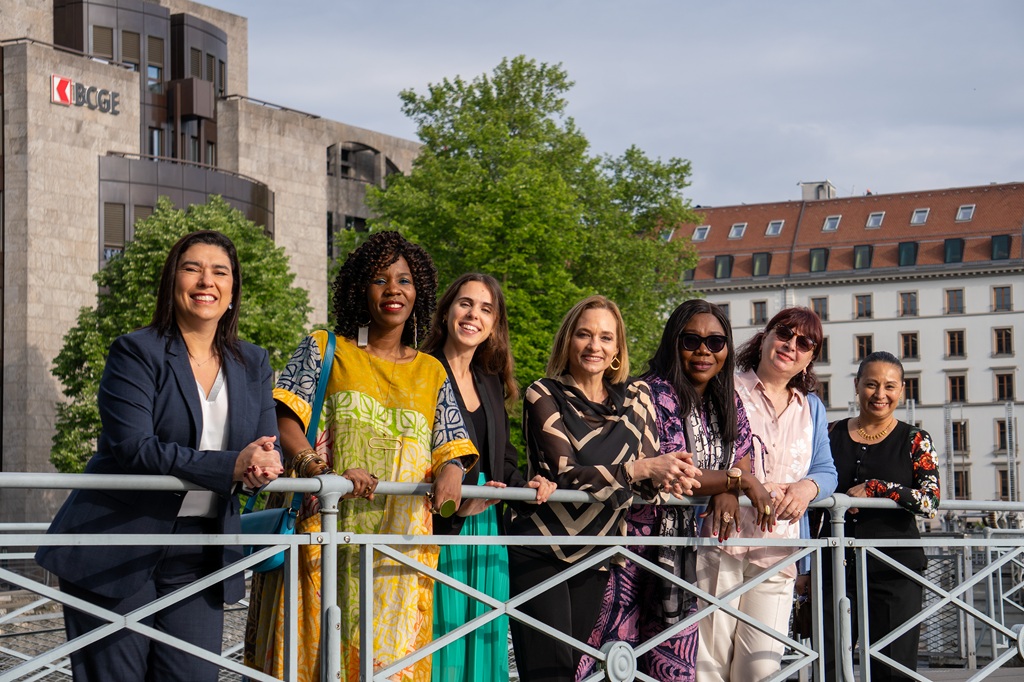
Dr Mario Murguía is the Head of the Department of Anatomic Pathology and Associate Clinical Researcher at the regional public hospital Unidad Médica de Alta Especialidad Bajío, Leon, Mexico. He has worked in the public sector for more than 15 years. As well as his professional duties, he is also an Associate Professor in Anatomic Pathology and Fellow for Oncologic Pathology at the universities of Guanajuato and Durango, and the author and co-author of 27 articles in Spanish- and English-language indexed journals. He is a member of the editorial boards of the Spanish Journal of Pathology and the Journal of Interdisciplinary Histopathology. He is a member of C/Can’s Technical Committee for the city of Leon.
Leon has recently published its Situation Analysis Report, identifying the main challenges to providing cancer care in the city, as well as outlining solutions to them. Could you tell us about your contribution to the report and the data process that generated it?
Firstly, allow me to say that it was a highly positive, motivating experience. It’s very important to get as much information as possible about the situation in our country and it was good to see that there aren’t really that many differences between Leon and the other cities in the C/Can network.
I was a part of the Anatomic Pathology Technical Group for the Needs Assessment, which generated the Situation Analysis Report. As part of the meetings we had with professionals from other fields, we realised that treating people with cancer is a complex issue, because it extends from the medical side right through to policy. These meetings showed that all of the gaps in Leon’s problems can be solved with the collaboration of local, regional and, of course, national decision-makers. Overall, it was highly fruitful to get to know the point of view of colleagues from other medical areas: they could outline the problems that they face in treating patients with cancer and they could get to know ours, as pathologists, so that we can find ways to reach agreement on the right kind of treatment for cancer patients.
Can you tell us about some of the key problems that pathologists face in Leon?
There are a number of problems I would cite. The first is that pathologists are often not sufficiently trained in the use of new techniques yet we face considerable pressure and time constraints, given the high level of demand. A second problem is that we don’t have access to new techniques and technology, so we’re unable to carry out further testing, which means we can’t provide a complete diagnosis, and without that, we can’t provide the right treatment for cancer patients. The third problem we face is a lack of communication within multidisciplinary teams. Generally, when a pathologist receives a biopsy, it comes with little additional information. The least we need is the age and sex, but often we lack the relevant clinical data or imaging. So, this communication is essential, because it is much easier to address cases when we have the right diagnosis.
The final major problem is a lack of standardisation of pathology reports. We know that there are many algorithms, that a lot of protocols are issued by overseas bodies such as the College of American Pathologists or the UK’s Royal College of Pathologists, so there is collaboration at all levels in reporting on cancer that can help inform the oncologist. On many occasions, because we aren’t aware of these protocols, or because we’ve established our own, the information we pass on to our colleagues is inconclusive or incomplete, and this causes delays.
Despite these challenges, what opportunities were identified during the preparation of the Situation Analysis to improve cancer care delivery in Leon, and LMICs generally, through more efficient laboratory and pathology services?
I would say that the main thing we have come to understand is that we’re all in the same boat; it’s not just anatomic pathology, our colleagues in other areas face the same issues. We also realised that the city authorities need to know exactly which aspects are missing from each area so that we can work together to find solutions; most of the time it’s a generic solution, but there isn’t a focus on what is needed in each area.
In terms of anatomic pathology, the main opportunity we have identified is that by better equipping pathology laboratories, by having more resources, in 99% of cases, we can improve diagnoses.
The other opportunity we identified is to help pathologists find the time and resources to continue to integrate up-to-date equipment and systems to stay on top of scientific advances and effectively do our work. The authorities need to have a better understanding of our needs, so we need to raise awareness of this with the local and regional government, so they realise that the reason we ask for certain things is so we can help our patients and improve the healthcare system overall.
I would add that the different health systems in Mexico and in the state need unified working practices; at the moment each of them has their own patient treatment protocols, so if a patient moves to another area or changes their healthcare provider, their information is not transferred, and they have to start all over again.
Here in Mexico, we have many highly qualified people. The problem is access to resources. The main challenge is to get everybody to understand that all areas of treatment are equally important if we are to provide the right care for cancer patients. The area of auxiliary diagnosis, in particular, is one of the most neglected. And of that group, anatomical pathology is the weakest link. This is because traditionally, people think an anatomical pathologist makes a diagnosis solely by looking at a biopsy on a slide. At present, this is the initial approach, but to make a full diagnosis, the training that I mentioned earlier is required. The main challenge is to get the other areas involved in treating cancer to understand that our needs are just as important as theirs. There is no point in having all kinds of treatments that will improve a patient’s chance of survival if we don’t make the correct initial diagnosis.
You participated in the C/Can TeleECHO™ Quality improvement of Pathology Laboratories for Cancer Diagnosis sessions. Can you tell us about your experience and how this initiative can contribute to improving cancer care in your city?
It was a very satisfying experience, because we were able to meet with colleagues from other countries, and we learned that there aren’t as many differences between us and other countries as we had thought.
For those of us from Latin America taking part in the sessions, we all lacked the same things: ongoing training, infrastructure, resources, and most importantly, a lack of standardisation in the area of anatomical pathology. The leadership of people who work in developed countries gave us a vision of how things work in the first world. Although we understand that it’s not easy to adapt working practices from one place to another, we are committed to carrying out this mission. Each country has its own health system but the needs are the same. So, by working together, the sessions were highly productive and helped us to see that we can find solutions to improve our own health system.
As regards my speciality, we discussed the main issues that we face every day in this area: traceability in pathology, how to resolve problems, how diagnoses are carried out, and as I mentioned earlier, it was interesting to see how these problems are addressed in other countries. We felt as though we weren’t alone and that we were able to reach the level of first world countries and that although we will have to work hard, with the right attitude, this is possible.
Imagine these solutions came to life, what would be the benefit for patients?
Among the main benefits for our patients would be the combination of more personalised and better quality treatment, what we call calidez y calidad in Spanish. In other words, patients would receive diagnostic support and more empathy from their doctors. We have to remember that every patient is different and needs to trust their medical professionals at each stage of their diagnosis. This is the way to improve patients’ quality of life and survival rates as they undertake their cancer journey, allowing them to spend more time with loved ones. I feel that sometimes healthcare professionals are not always able to see things from the patient’s perspective; they need to put themselves in their patients’ shoes. In the final analysis, better diagnosis creates more trust, which then builds a bridge for better treatment.





